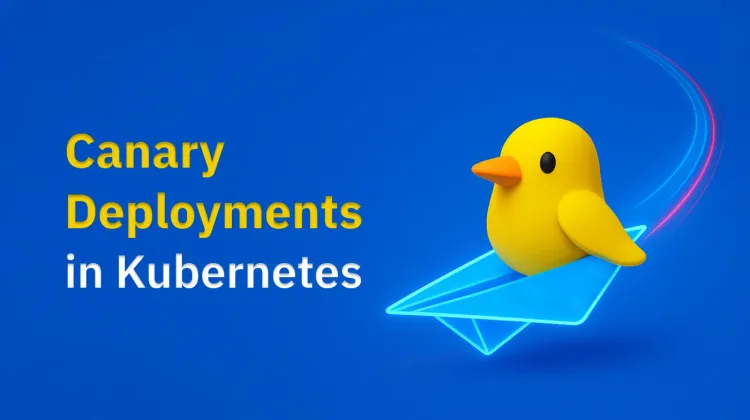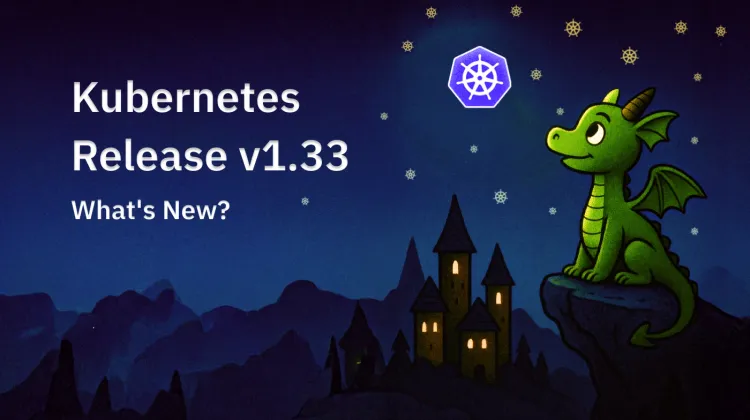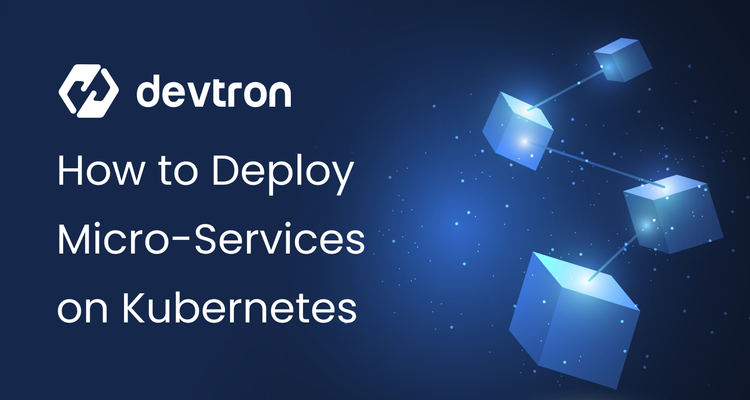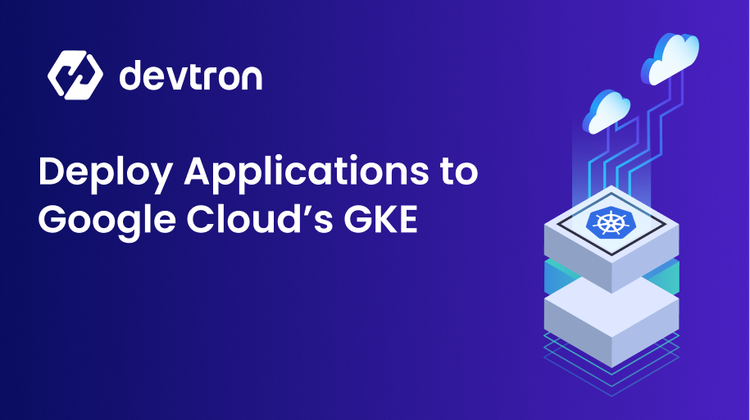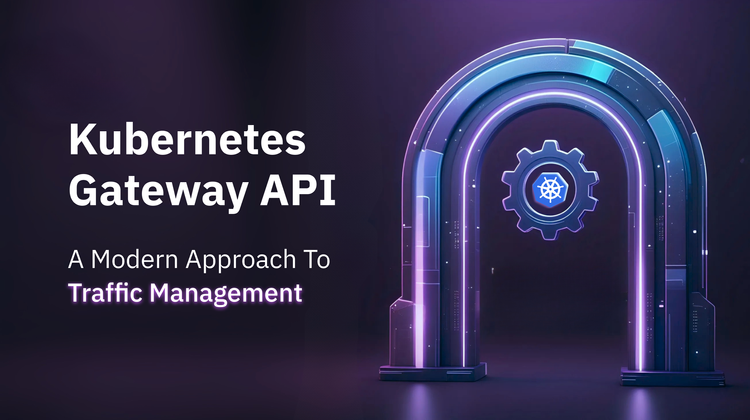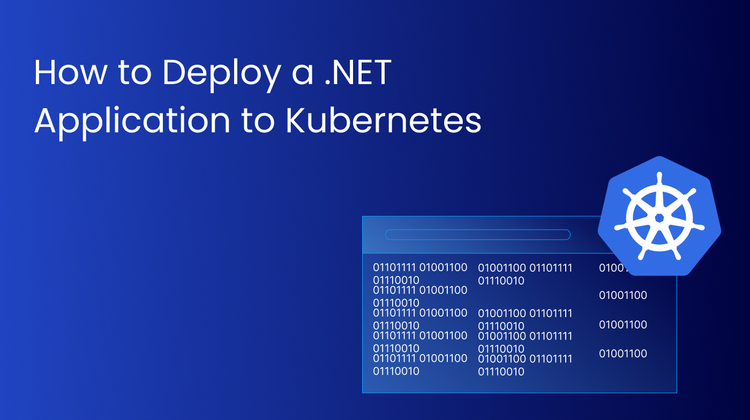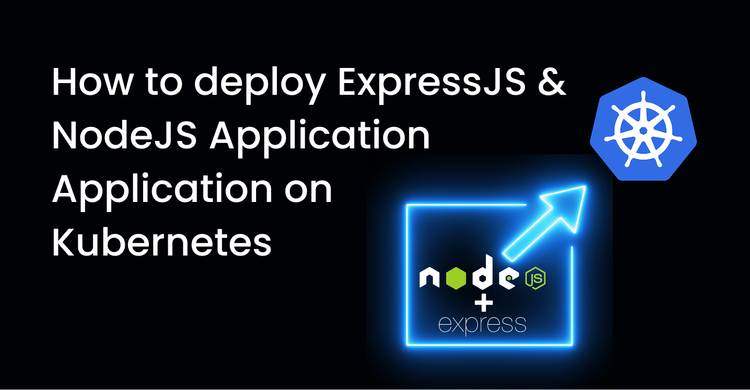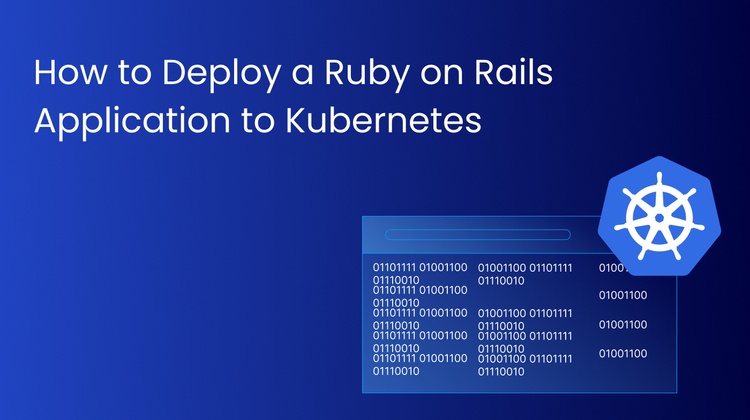Discover how to easily implement canary deployments in Kubernetes using Devtron. This guide walks you through implementing canary deployments in Kubernetes with Devtron, reducing deployment risks and ensuring smoother updates.
Kubernetes
TL;DR: Kubernetes 1.33 is about to release and there are some awesome features, enhancements, and deprecations it brings to the table. In this blog we discussed some of the best updates it brings to the community.
Deploying a multi-service architecture with Java, Node.js, and Python on Kubernetes can be tricky. From containerization to networking and scaling, each service needs careful orchestration. Learn how to streamline deployments, optimize resources, and ensure seamless communication between services.
Deploying applications on Kubernetes in GCP is easier with the right approach. From setting up GKE to managing scaling, networking, and security, a few best practices can save time and effort. Learn how to deploy effectively and make the most of GCP’s Kubernetes services.
The Kubernetes Gateway API streamlines traffic management beyond traditional Ingress, offering advanced routing, multi-protocol support, and enhanced security. With GatewayClass, Gateway, and HTTPRoute components, it simplifies complex networking in modern microservices environments.
Learn how to containerize a .NET Application and deploy it to a Kubernetes cluster. You will learn to do this with Devtron as well as the manual process.
Explore two methods for deploying ExpressJS applications on Kubernetes: manual deployment using Docker and YAML manifests or automated deployment with Devtron. This guide covers containerization, CI/CD pipelines, and Kubernetes configurations for scalable, reliable ExpressJS.
Explore two methods for deploying Ruby on Rails applications on Kubernetes: manual deployment using Docker and YAML manifests or automated deployment with Devtron. This guide covers containerization, CI/CD pipelines, and Kubernetes configurations for scalable, reliable Ruby on Rails apps.


